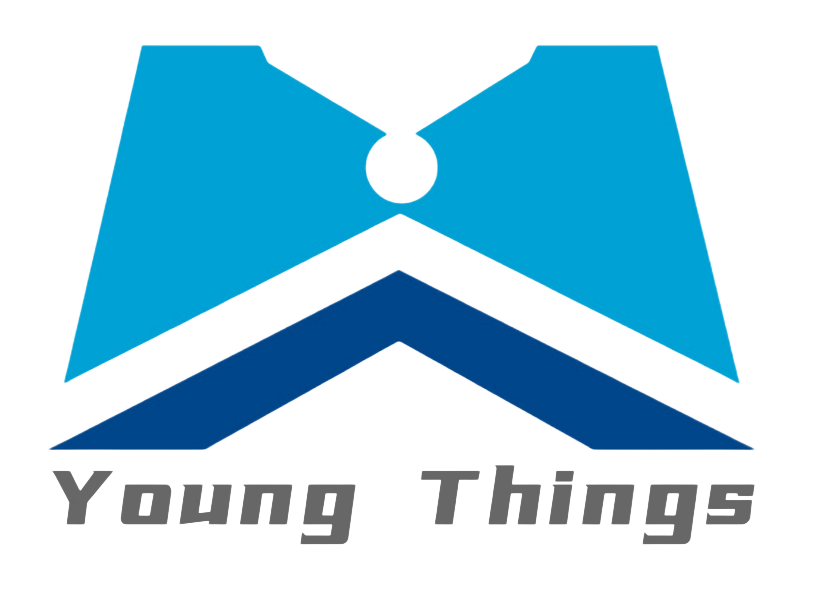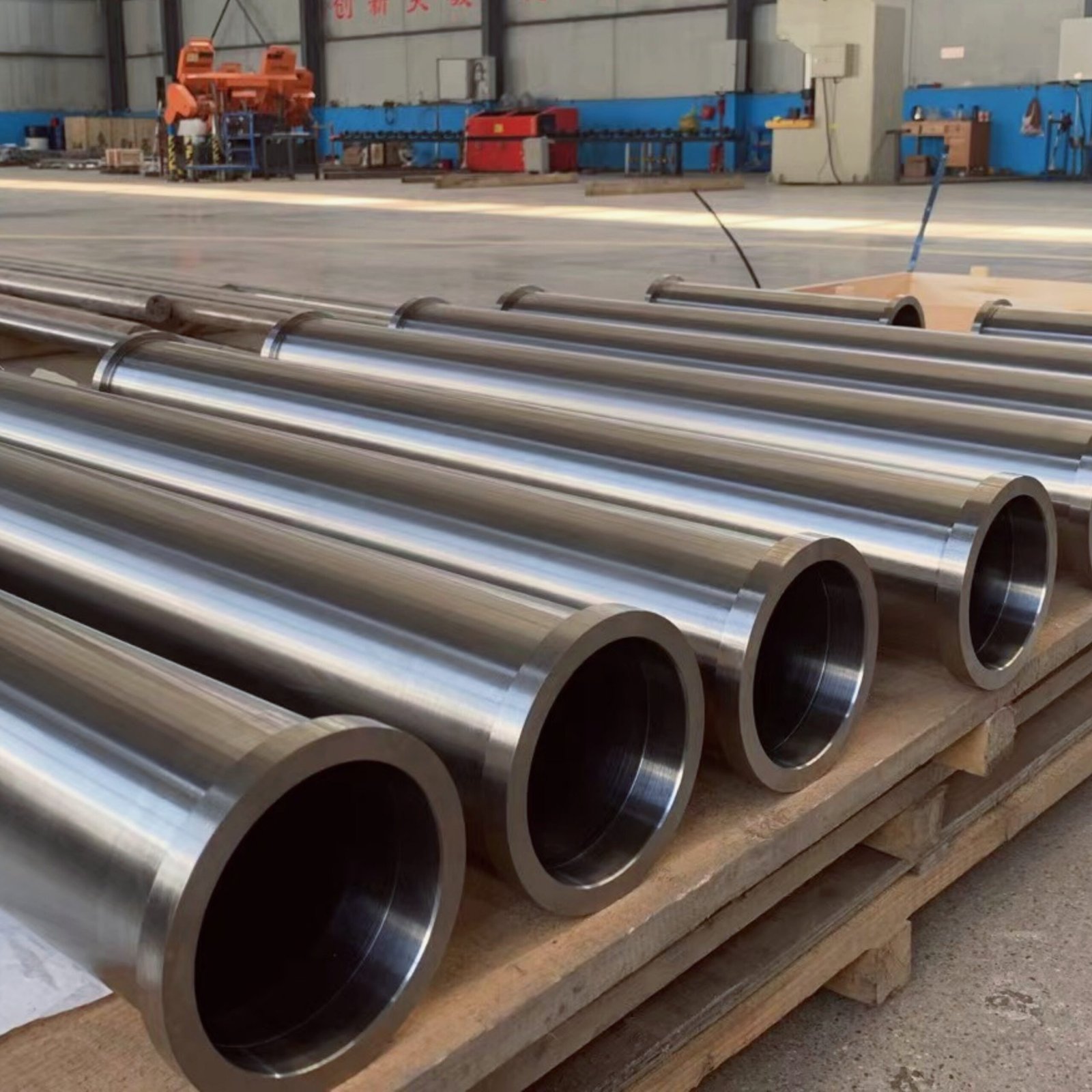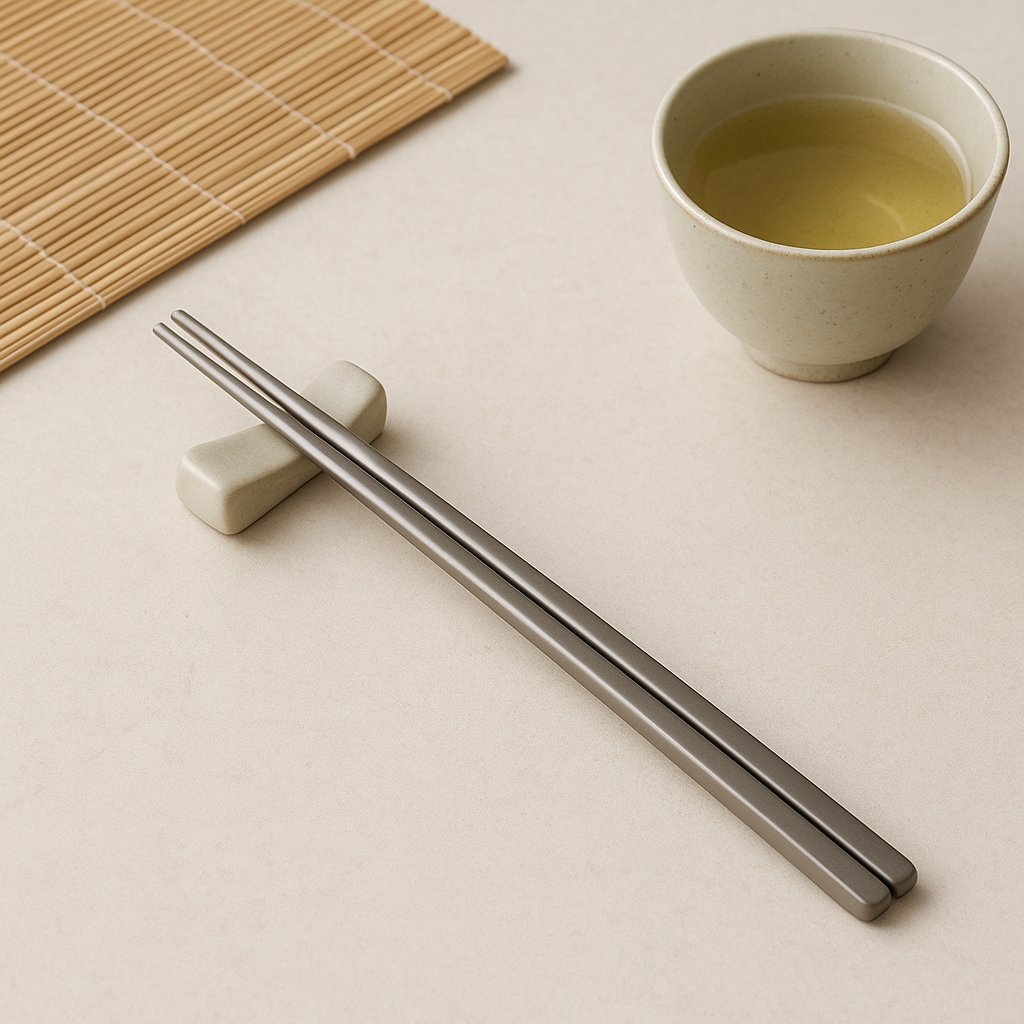For decades, titanium alloys were synonymous with aerospace and medical applications. Today, titanium is increasingly entering the high-end consumer market. From luxury eyewear and watches to professional bicycles and fishing gear, titanium’s unique combination of light weight, strength, corrosion resistance, and hypoallergenic qualities makes it ideal for products that blend performance with prestige.
The Unique Value of Titanium Alloys in Consumer Goods
Titanium brings advantages that set it apart from conventional materials:
- Lightweight: Reduces product weight for comfort and portability.
- Durability: High strength and fatigue resistance ensure long service life.
- Corrosion resistance: Withstands harsh environments without degradation.
- Hypoallergenic: Safe for skin contact, especially in eyewear and watches.
- Premium aesthetics: Sleek metallic finish supports luxury branding.
Applications in High-End Consumer Sectors
1. Titanium Eyewear
- Advantages: Ultra-light frames, hypoallergenic properties, and long-lasting durability.
- Consumer demand: Comfort, health benefits, and stylish minimalism are key drivers.
- Design trend: Increasing shift toward customization and individuality in luxury eyewear.
2. Titanium Watches
- Performance: Lighter than stainless steel but equally strong, resistant to scratches.
- Market adoption: Premium brands such as Omega and Rolex (select lines) have introduced titanium models.
- Aesthetic appeal: The distinctive matte finish enhances exclusivity and modern elegance.
3. Titanium Bicycles
- Material advantage: Exceptional strength-to-weight ratio and fatigue resistance.
- Comparison: Titanium frames offer greater durability and comfort than carbon fiber or aluminum alternatives.
- Trend: Growing demand in niche, custom-built bicycles for professionals and enthusiasts.
4. Titanium Fishing Gear
- Key feature: Unmatched corrosion resistance, particularly critical in saltwater fishing.
- Product types: High-end rods, reels, and components designed for light handling and endurance.
- Market trend: Favored by serious anglers seeking premium performance and long-term reliability.
Market Trends and Consumer Shifts
- Dual demand: Consumers now expect products that merge advanced functionality with lifestyle identity.
- Customization: Limited editions and personalized designs are becoming central to brand strategies.
- Regional differences:
- Europe & U.S.: Titanium often associated with exclusivity and luxury status.
- Asia (China, Japan): Rising demand driven by precision, tradition, and integration into modern lifestyles.
Technology and Industry Drivers
- Advanced manufacturing: CNC machining and 3D printing make precision production and complex shapes possible.
- Surface treatments: Anodizing, sandblasting, and PVD coatings expand design options with diverse aesthetics.
- Sustainability: Titanium’s recyclability fits global trends in eco-conscious consumption and circular economy models.
Conclusion
Titanium alloys are no longer confined to aerospace and medical fields; they are now reshaping high-end consumer goods. Across eyewear, watches, bicycles, and fishing gear, titanium has become a material that represents performance, lifestyle, and exclusivity. Looking ahead, customization, differentiation, and sustainability will define the future of titanium in the consumer sector. For manufacturers and brands, the key to success lies in combining technical mastery with the emotional appeal that titanium naturally carries.



